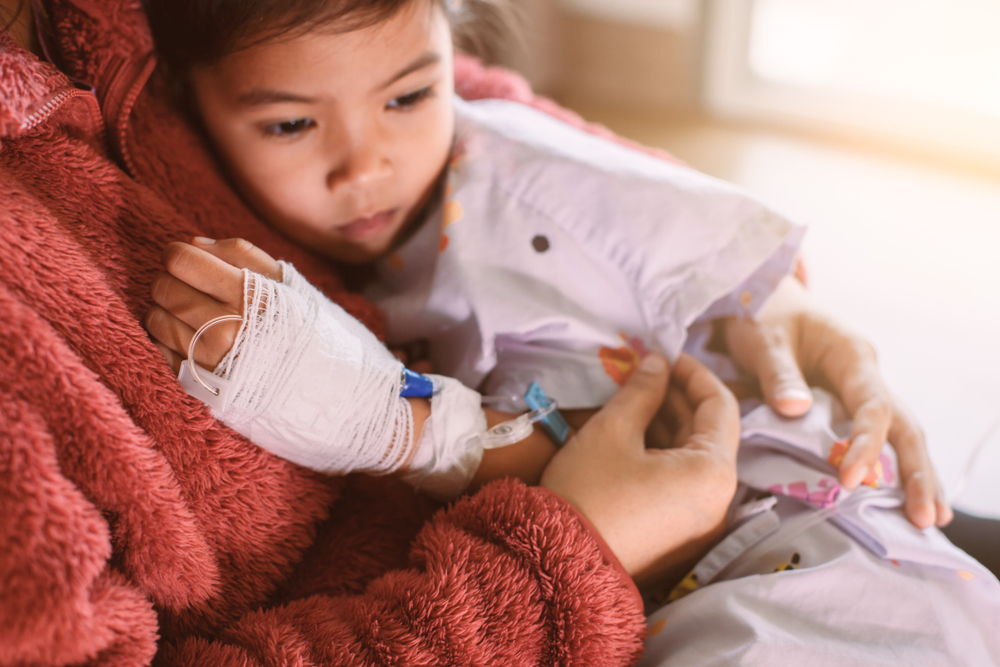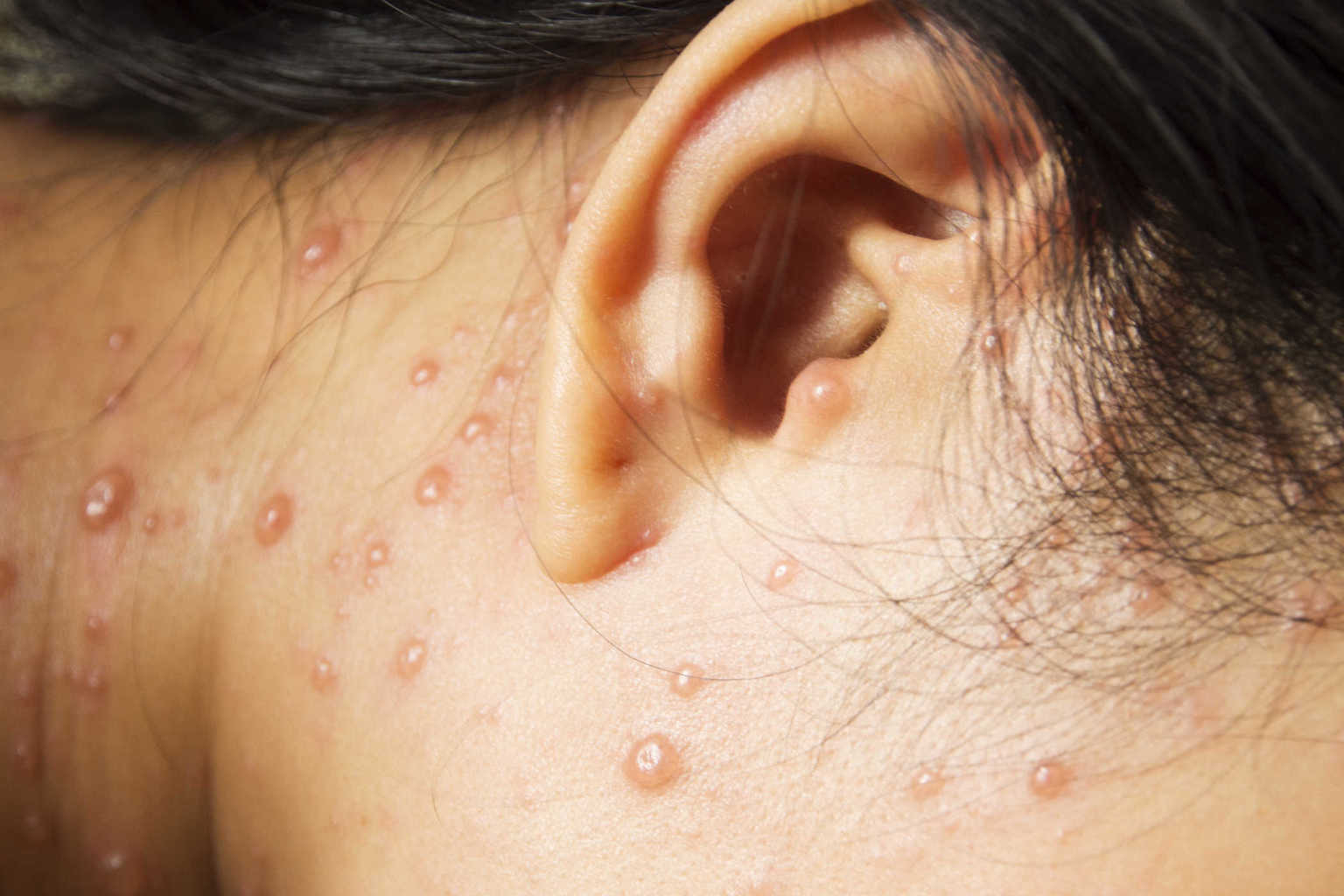Contents:
- Medical Video: If You See These 13 Symptoms, Do An HIV Test Immediately | Natural Health
- Understand how HIV is transmitted to children
- How to find out about HIV infection in children?
- Then what HIV tests do babies and toddlers do?
- How do PCR tests work?
Medical Video: If You See These 13 Symptoms, Do An HIV Test Immediately | Natural Health
At the end of 2013, the World Health Organization, aka WHO, stated that around 3.2 million children lived with AIDS. HIV or human Immunodeficiency Virus will cause AIDS. this is a health condition that can threaten life, especially children who are in the vulnerable group of people with HIV. How is HIV transmitted? Is there a way to diagnose HIV in children? Check out the answer in the explanation below.
Understand how HIV is transmitted to children
HIV in children can generally be transmitted through the mother through pregnancy, childbirth, and while breastfeeding. However, in less frequent cases, HIV that attacks this child can be transmitted through:
- Donor or blood transfusion. If the child receives an infected blood donor or the needle is not sterile, the child is at high risk of HIV and AIDS infection.
- Using illegal drugs. HIV can attack children if they are drug users. This happens a lot in street children.
- Through sexual relations. Children can also be infected through sexual violence or rape.
How to find out about HIV infection in children?
HIV testing in infants and infants (aged 18 months or less) is generally different from adult HIV testing. On an adult HIV test, the doctor will check with an HIV antibody test (a special protein produced by the immune system and infected with HIV). However, in children and toddlers doctors will test for HIV using a qualitative viral test.
This test is different from quantitative viral testing (viral load) which is used to measure how much HIV is in a person's blood. In contrast, qualitative tests function to determine whether the HIV virus is actually found or not in children.
Antibody tests, which are commonly used to diagnose HIV, are not recommended for children. As the name suggests, this test detects antibodies produced by the body in response to HIV. In newborns, antibodies belonging to the baby are still mixed with antibodies belonging to the mother. For this reason, antibody tests can give positive results if maternal antibodies in the baby's blood are detected so that they give false positive results. In other words, the results obtained are inaccurate.
These maternal antibodies (which are passed from mother to child) will slowly disappear, on average in the age of children around 1 to 2 years. To minimize the risk of HIV infection, newborns are generally prescribed preventive (prophylactic) antiretroviral drugs for a period of 4 to 6 weeks.
Then what HIV tests do babies and toddlers do?
To detect HIV in a baby child, the doctor will do a test called a test polymerase chain reaction (PCR). This test serves to detect the presence of HIV DNA, or assay RNA tests, to detect the presence of HIV RNA in the child's body.
Babies suspected of having HIV from birth are recommended to check with the earliest virological test at 6 weeks of age. Because, when a newborn and reaches the age of 3 months, the accuracy of the test is generally close to 100 percent.
The PCR test is also likely to help to detect HIV in infants before the infected antibodies develop. If the results of the first test tested positive for HIV, then the doctor will recommend therapy antiretroviral (ART) starts immediately.
ART therapy is done to reduce the amount of virus in the blood (viral load), it's good to reach the level of the virus no longer detected. In addition, blood samples will also be taken for the next virological test, which is a qualitative test (detecting a virus) and quantitative test (detecting how many viruses).
How do PCR tests work?
Knowing the presence of HIV in children with PCR testing is done using certain enzymes. This enzyme serves to multiply the HIV virus that is thought to be present in blood samples.
Then the chemical reaction will indicate the presence or absence of the HIV virus. Markers of the existence of this virus are shaped like a ribbon (the band) which is measured and used to count the number of viruses. The results of RNA testing usually take several days to a week.
Results viral load HIV in your child can be said to be undetectable if the amount is under 40 to 75 copies in one sample of your blood. The exact number will depend on the laboratory that analyzes your test. When results viral load high, the sign is that there are many HIV viruses in the child's body. This also indicates that the child's immune system fails to eradicate HIV properly.













